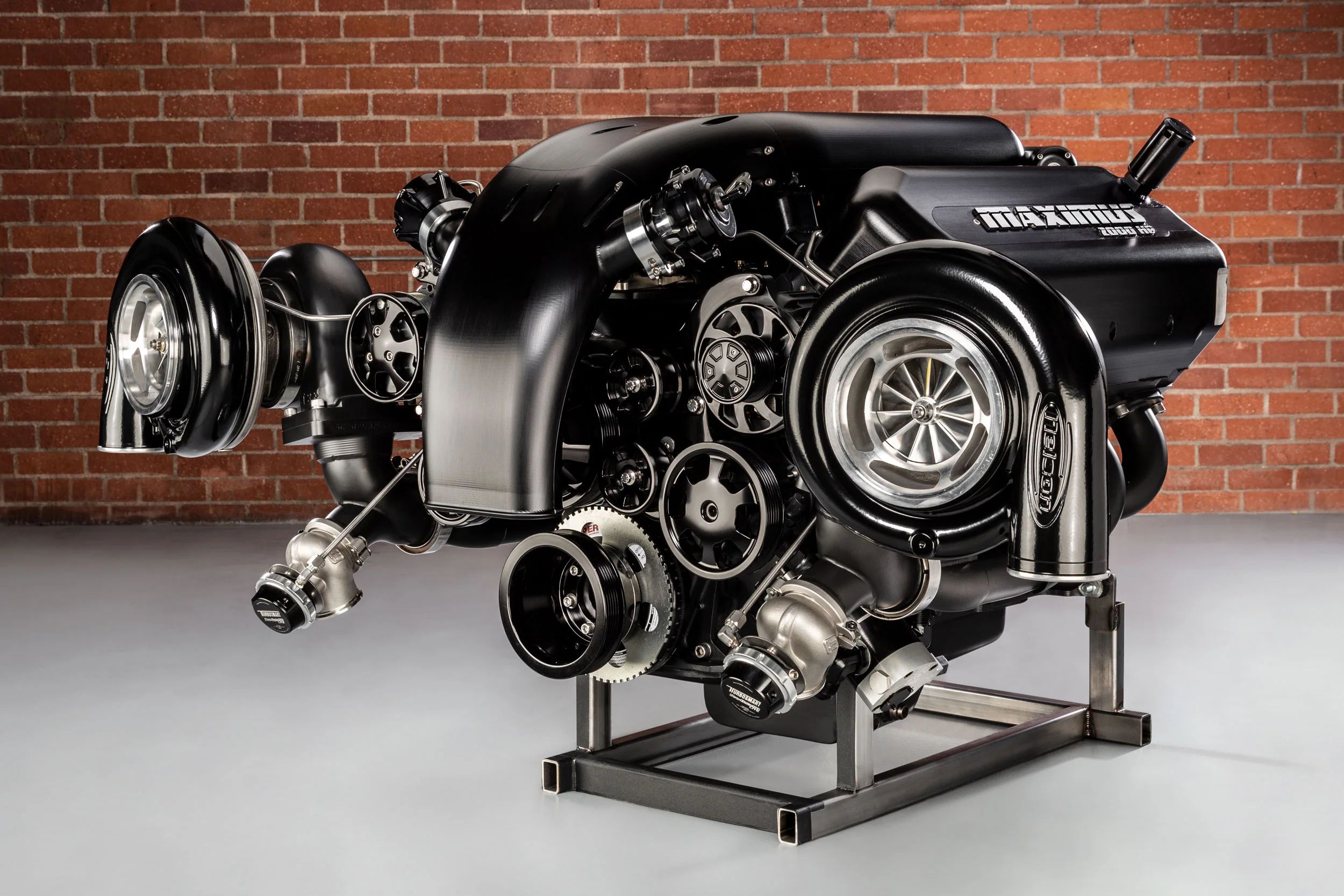Store Engines for Africa and Even More at Our Extensive Auto Components Shop
The Quest for Ultimate Driving Power: Exploring the Peak of Engine Performance and Technological Developments in the Automotive Industry
In the realm of automobile engineering, the quest of maximum driving power has actually been an unrelenting quest that has unfolded via the evolution of engine design and the combination of cutting-edge innovations. From the precise workmanship of combustion engines to the rapid developments in electric propulsion systems, the vehicle field stands at the cusp of a brand-new era characterized by unmatched efficiency capacities.
Advancement of Engine Design

Moreover, the combination of turbocharging and turbo charging technologies has actually changed engine design by improving power without considerably boosting engine dimension. These forced induction systems compress the intake air, permitting more fuel to be ignited, therefore generating higher power result from a smaller engine. This development has been specifically crucial in improving the efficiency of smaller sized displacement engines while preserving gas effectiveness criteria.

Performance-Enhancing Fuel Technologies
The application of advanced fuel modern technologies has dramatically contributed to improving engine performance in contemporary lorries. Biofuels, obtained from renewable sources like algae, sugarcane, or corn, offer reduced emissions and improved engine performance. Additionally, gas ingredients and detergents are being developed to tidy engine components, enhance burning, and lower friction, consequently boosting general lorry performance.
Innovations in Electric Propulsion
Significant strides in electrical propulsion technology have actually reinvented the automobile market, leading the method for a brand-new age of lasting and reliable transportation. Electric cars (EVs) are getting popularity due to their environmental benefits and improvements in battery modern technology, making it possible for longer driving arrays and much shorter billing times. Suppliers are investing heavily in r & d to enhance the performance of electrical propulsion systems, concentrating on raising power result, boosting power performance, and reducing general weight.
One noteworthy development in electrical propulsion is the growth of innovative electrical motors that supply greater torque and power thickness, causing enhanced acceleration and overall driving efficiency. In addition, regenerative braking systems have actually been improved to store and catch energy during slowdown, further enhancing the effectiveness of EVs.
Additionally, the integration of clever innovations, such as artificial knowledge and predictive analytics, is enhancing the management of electrical propulsion systems, guaranteeing optimum performance under numerous driving conditions. These advancements in electrical propulsion are reshaping the vehicle landscape, driving the industry in the direction of a more lasting and electrified future.
Effect of Computational Fluid Characteristics
With advancements in electric propulsion pressing the boundaries of vehicle technology, the assimilation of Computational Fluid Characteristics is playing a visit critical duty in optimizing wind resistant performance and improving total effectiveness in vehicle layout. Computational Fluid Characteristics (CFD) involves using computer simulations to analyze the flow of air around a lorry, allowing designers to anticipate exactly how style adjustments will certainly affect the rules of aerodynamics without the requirement for pricey physical models. By properly modeling air flow patterns, CFD allows for the refinement of vehicle shapes to lower drag, improve cooling, and improve security.
CFD enables designers to maximize air flow around components get more such as radiators, engine bays, and wheel wells, adding to boosted performance and overall driving experience. In conclusion, the assimilation of Computational Fluid Dynamics stands for a considerable step onward in the pursuit for supreme driving power and efficiency in the auto sector.
Future Patterns in Engine Development
In the dynamic landscape of automotive design, advanced improvements are shaping the future trajectory of engine development. The future of engine design is noted by a strong focus on performance, performance, and sustainability. Producers are increasingly focusing on creating engines that not only supply high power outcomes but likewise prioritize environmental responsibility by minimizing emissions and boosting gas effectiveness.
One noticeable fad in engine advancement is the increase of electrification. Crossbreed and electrical powertrains are acquiring grip as sensible alternatives to standard burning engines. These technologies provide the possibility for substantial reductions in carbon discharges and raised energy efficiency, lining up with international initiatives to combat climate modification.
In addition, improvements in products scientific research and manufacturing techniques are making it possible for the production of lighter and much more long lasting engine parts. This change in More Bonuses the direction of light-weight products such as carbon fiber and light weight aluminum alloys adds to boosted efficiency and gas economy.
Conclusion
In conclusion, the quest of utmost driving power in the vehicle market remains to drive innovations in engine layout, gas modern technologies, electrical propulsion, and computational liquid characteristics. The advancement of these modern technologies is forming the future of engine technology, leading the means for more effective and effective lorries (engines for africa). As the sector remains to press the boundaries of what is possible, we can expect to see even much more cutting-edge growths in the pursuit for peak efficiency
One of the key milestones in engine style advancement is the change from traditional carbureted engines to modern-day fuel-injected systems. By exactly metering the fuel delivery to each cyndrical tube, fuel-injected engines enhance combustion, resulting in far better efficiency and minimized environmental influence.
In addition, the assimilation of turbocharging and supercharging technologies has actually changed engine layout by increasing power without substantially increasing engine dimension (engines for africa).The application of advanced fuel modern technologies has considerably contributed to enhancing engine efficiency in contemporary cars. Furthermore, fuel ingredients and cleaning agents are being created to tidy engine parts, maximize combustion, and lower friction, therefore improving overall lorry performance